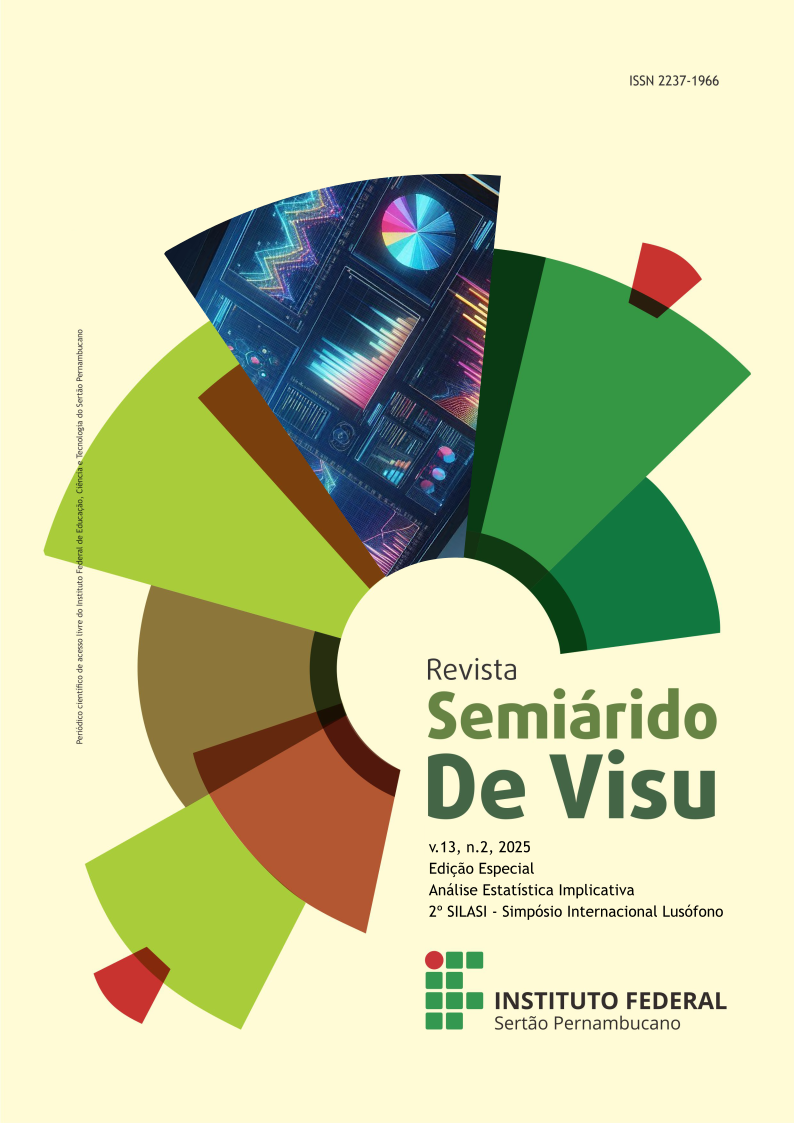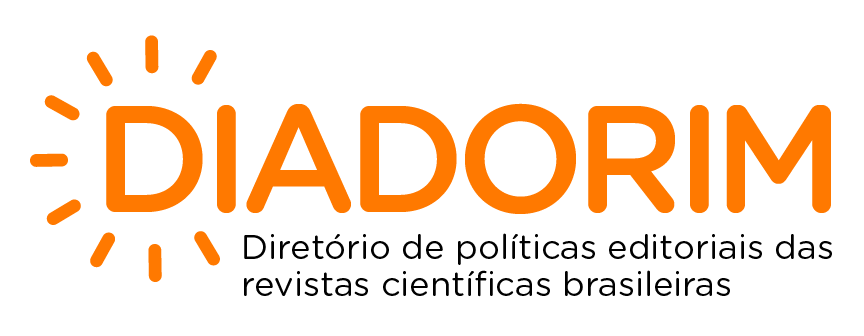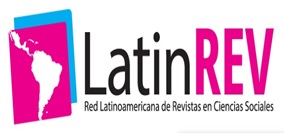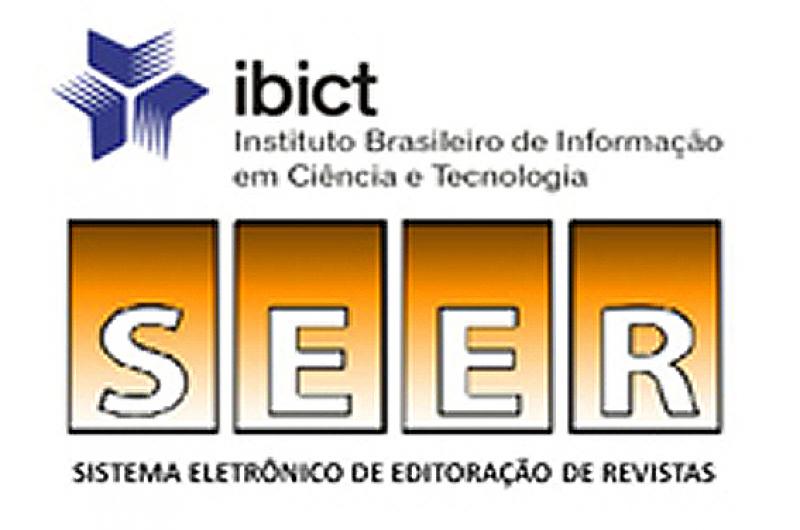Teaching biochemistry with comics: a semiotic study based on implicit statistical analysis
Visualizações: 395DOI:
https://doi.org/10.31416/rsdv.v13i2.1117Keywords:
Triadic sign, Vygotsky's theory, Energy metabolismAbstract
Biochemistry is a complex field that involves abstract and challenging concepts. Therefore, this work aims to investigate how Biological Sciences undergraduates construct and approach biochemical concepts related to energy metabolism through the creation of comic strips. To facilitate students’ learning, we proposed a workshop that uses comic strips as a didactic resource. The workshop addresses glycemia regulation and energy metabolism, topics of the Cellular and Metabolic Biochemistry course. We analyzed the semiotic elements of the comic strips from Peirce’s perspective, based on the triadic sign of icon, index, and symbol. The workshop aims to encourage students to create their own comic strips about the studied content. This proposal aligns with Vygotsky’s theory, which emphasizes the importance of cultural mediation and the construction of meanings for student development. The data were approached according to the premises of Implicit Statistical Analysis (ISA), obtaining the Implicit Graphs and Cohesive Trees. The use of comics as a didactic resource was important for the development of academic and scientific concepts, contributing to a deeper and more meaningful understanding of the studied content.
References
ANDRADE, V. L. X.; ACIOLY-RÉGNIER, N. M.; CABRAL ANDRADE, P. V. C. Utilização de um dispositivo pedagógico envolvendo histórias em quadrinhos na formação de professores na França: o lugar da matemática em situações-problema evocadas pelos estudantes. Espaço Pedagógico, v. 20, n. 1, p. 136-157, 2013.
ASI – Analyse Statistique Implicative Références bibliographiques sur l'Analyse Statistique Implicative https://sites.univ-lyon2.fr/asi/ref/refasi, 2024.
CABRAL ANDRADE, P. V. C.; ACIOLY-RÉGNIER, N. M. Utilização de um dispositivo pedagógico tecnológico híbrido na formação de professores dos anos iniciais do ensino fundamental na França. Educação Unisinos, v. 20, n. 1, p. 117-128. ISSN 2177-6210, 2016. Doi: 10.4013/edu.2016.201.12.
CAGNIN, A. L.; Os quadrinhos. São Paulo, ed. Ática. 1975.
CRESWELL, J. W.; PLANO CLARK, V. L. Designing and conducting mixed methods research. 2nd. Los Angeles: SAGE Publications, 2011.
GRAS, R.; REGNIER, J. C. ; GUILLET, F. Analyse Statistique Implicative : une méthode d’analyse de données pour la recherche de causalités. Toulouse: CEPADUES Editeur. Eds. (2009).
GRAS, R.; REGNIER, J. C.; MARINICA, C; GUILLET, F. (Dir.). L'analyse statistique implicative Méthode exploratoire et confirmatoire à la recherche de causalités. Cépaduès Editions, p. 522, 2013.
GRAS, R.; REGNIER, J. C.; LAHANIER-REUTER, D.; MARINICA, C.; GUILLET, F. (Dir.) Analyse Statistique Implicative. Des Sciences dures aux sciences humaines et sociales. Toulouse: Éditions Cépaduès, 2017.
JOLY, M.; Introdução à Análise da Imagem, Lisboa, Ed. 70, 2007.
PEIRCE, C. S.; Collection paper. In: Hartshorne, Charles; Weiss, Paul; Burks, Arthur (Org.). Collected papers of Charles Sanders Peirce. Cambridge: Harvard University Press, 1931-58. 8 v. 2005.
PEIRCE, C. S. Semiótica. 3ª ed., São Paulo: Perspectiva, 2005.
RÉGNIER, J.-C.; ANDRADE, V. L. V. X. Análise Estatística Implicativa e Análise de Similaridade no Quadro Teórico e Metodológico das Pesquisas em Ensino de Ciências e Matemática com a utilização do Software CHIC. 1. ed. Recife: EDUFRPE, 2020.
SANTAELLA, L. Por que as comunicações e as artes estão convergindo? São Paulo: Paulus, 2005.
SANTAELLA, L. Semiótica aplicada. São Paulo: Pioneira Thomson Learning, 2002.
SANTAELLA, L. Matrizes da linguagem e pensamento. São Paulo: Iluminuras, 2001.
SANTAELLA, L. O que é semiótica. São Paulo: Brasiliense, 1983.
SANTAELLA, L.; NÖTH, W. Imagem. Cognição, semiótica, mídia. São Paulo: Iluminuras, 1998.
VERGUEIRO, W. Uso das HQ no ensino. VERGUEIRO, W; RAMA, A (Orgs). Como usar as histórias em quadrinhos na sala de aula. 3ed. 3 reimp. São Paulo: Contexto, 2009a. p. 7-29.
VERGUEIRO, W; RAMOS, P. Os quadrinhos (oficialmente) na escola: dos PCN ao PNBE. In: VERGUEIRO, W; RAMOS, P. (Orgs). Quadrinhos na educação. São Paulo: Contexto, 2009. p. 9-41.
VYGOTSKY, L. Psicologia pedagógica. 3. ed. São Paulo: Martins Fontes, 2010.
VYGOTSKY, L. Pensamento e linguagem. São Paulo: Ridendo Castigat Mores, 2001.
Downloads
Published
How to Cite
Issue
Section
License
Copyright (c) 2025 Revista Semiárido De Visu

This work is licensed under a Creative Commons Attribution 4.0 International License.















